Remembering Adam West: The Joy Of Batman
The passing of Adam West, the star of the 1960s “Batman” TV show has been marked with countless tributes from fans around the world, including the city of Los Angeles, which flashed a Bat Signal on City Hall in his honor.
Yet Adam West’s signature performance has often been divisive.
In recent years, some fans have looked at the 1960s “Batman” as a curse for making Batman into a joke until Frank Miller came along with The Dark Knight Returns and Tim Burton’s Batman movies saved the character. On the other hand, there have been some fans that imagined that more recent portrayals of the Dark Knight have been tampering with the fun character who was portrayed in the 1960s.
The truth is more complex.
Batman begins
Batman began as a classic mystery man in 1939 with much in common with pulp fiction heroes like the Shadow. In one story, he carried a gun. While he didn’t intentionally kill criminals, it didn’t bother him if a criminal he fought died. However, the addition of Robin the Boy Wonder in 1940 began the process of giving Batman’s adventures a lighter tone.
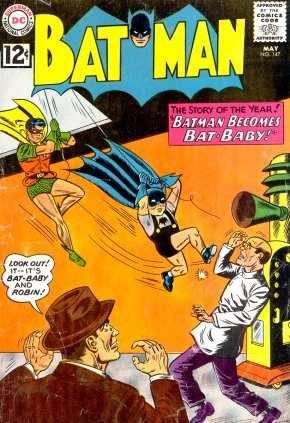
I am vengeance. I am the night. I am only three-and-a-half years old.
Batman and Robin still fought dangerous criminals, enemy agents, rogue cowboys, even a few monsters throughout the 1940s, but the relationship between Batman and Robin humanized Batman. It was during the 1950s and ’60s that their adventures became ever more surreal and absurd with Batman and Robin fighting aliens and traveling back in time to resolve idle curiosities about historic events. Batman once was transformed into Batbaby, and on at least one occasion broke into the Fortress of Solitude to play a friendly practical joke on Superman.
The 1960s Batman TV show was faithful to the character as he’d been portrayed for more than a decade prior. The genius and the ultimate source of comedy in the TV series was that it took typical comic book stories and played the plot as seriously as the comic books did. The result was one of the most fun and enduring series in TV history that spawned a major motion picture which allowed for them to indulge in bigger budget gadgets such as a Batcoptor, and the Penguins’ flying umbrellas, as well as his submarine.
The secret to Batman’s success was its lack of pretentiousness. It wasn’t afraid of being goofy or silly. It wasn’t trying to be a masterpiece or to impress the avante garde. It simply set out to present fun and entertaining stories. It avoided toxic cynicism in its humor and let the stories speak for themselves. It was such fun, it attracted the best actors and comedians of the era. A few only got a cameo meeting with the Caped Crusaders while they were climbing up the outside of a building. The fortunate ones got to don silly costumes and play some of the most memorable and outrageous villains of all time.
The show did have some serious elements, but they didn’t overplay them. They put their clear morals in silly ways. In the third season, they introduced Barbara Gordon as Batgirl. While many later TV shows, when introducing heroines in action roles, spend time trying to make the audience feel like this character is important. But Batman just introduced Batgirl and showed how awesome she was.
The dark knight turns
The series left a legacy that influenced both television and comics. For twenty years after the end of the TV series, most superhero TV shows were trying to capture the fun spirit of the Batman TV series, with varying degrees of success. The most successful of these were the Super Friends franchise and the Wonder Woman TV series. For his part, Adam West voiced Batman in several animated programs.
Comics moved in another direction, particularly at DC. While they continued to license their characters for less serious spin offs, they saw the need to make their comics less hokey, so they could hold their readership into young adulthood rather than being cast off before the reader turned twelve.
When Dick Grayson left for college, the Batman character and the comics became progressively more serious. In many ways, this was good. There were plenty of DC stories in the 1960s that come off as lazy or lacking respect for the readers. The changes at DC led to some great stories and new characters such as Ra’s Al-Ghul.
However, by the mid-to-late 1980s, many comic books went too far. For example, in Batman #427, Batman’s latest Robin, Jason Todd, was brutally beaten by the Joker and left to die in a warehouse. Fans got to vote by 900 number on whether Todd lived or died, and the fans voted for death by a narrow margin.
Beyond Batman, comics took dark, grim, and edgy turns for the sake of it and to prove their legitimacy and street cred. They succeeded in sending the message that comics weren’t just for kids anymore.
Unfortunately, they ended up communicating that superhero comics weren’t for kids, period. This message has undermined the medium ever since. Traditionally, comics had been targeted to the up-and-coming generation of kids. Teen and adult readers would generally drop off. Starting in the 1970s, comic book companies didn’t think about the nine-year-old girl picking up her first comic. They sought to hold onto their male teen and adult readers, so their stories became progressively more mature and darker. This move meant that the younger readers they need to sustain their magazines weren’t picking up comics in the first place, thus leading to long-term decline in comic book sales.
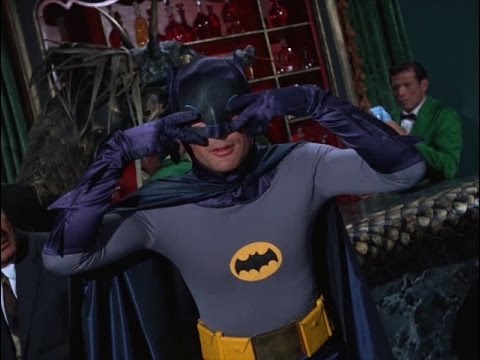 When I was young, my dad let my brother and I read Disney comics, but told us superhero comics were off-limits. How then did I become interested in superheroes and comics later in life after being “deprived” as a child? It was through Adam West’s performance as Batman.
When I was young, my dad let my brother and I read Disney comics, but told us superhero comics were off-limits. How then did I become interested in superheroes and comics later in life after being “deprived” as a child? It was through Adam West’s performance as Batman.
I watched the show in reruns all the time as a child and enjoyed every moment. It was fun, colorful, and lighthearted, yet at the same time it had so many truly cool elements. I watched the movie so many times, I have nearly every line memorized. It not only was fun, it opened the world of superheroes and imaginative fiction to me. I still remember the first story I ever wrote. I was nine years old when I scribbled out a Superman-Batman team up story in a yellow spiral notebook.
The 1960s Batman TV show provided fun kids and adults could enjoy. Far from being the destroyer of superheroes, Adam West’s Batman may have been their unlikely savior, providing kids a safe and fun entrance into the world of superheroes that comic book companies had denied them.
The 1990s saw a renaissance of superhero shows. Some, such as The Tick and Darkwing Duck, were tongue-in-cheek like the 1960s Batman. Others were more serious but kept a balance of providing fun for kids as well as some serious moments adults could appreciate such as The X-Men, and the beloved animated series for Batman, Superman, and Spider-Man. Batman: The Animated Series became a classic for bringing stories to life that were darker, but not grim. The noirish, art decco style of Batman: TAS couldn’t be further from the 1960s Batman, but yet it acknowledged how much was owed to that series.
In the episode, “Beware the Gray Ghost,” Adam West guest stars as Simon Trent, an actor who played the Gray Ghost, a campy superhero Bruce watched as a kid. Batman’s latest case calls him into contact with Trent. Throughout the story, it’s shown how much of what Batman does was inspired by the Gray Ghost. At the end of the story, Trent has had a resurgence of popularity due to his heroic actions. Bruce Wayne comes up to him in civilian identity and asks him to sign a video. After Trent signs it, Bruce says, “You know, as a child I used to watch it with my father. The Gray Ghost was my hero, and he still is.”
Holy unexpected comeback, Batman!
With the success of the 1990s Batman: the Animated Series and, later, The Dark Knight trilogy starring Christian Bale, Batman1966 receded somewhat. Fewer people thought of Adam West as the only Batman or thought Batman could only be told as it was in the 1960s, though its influence was still felt.
In 2008, Cartoon Network launched Batman: Brave and the Bold, a kid friendly series that used Batman’s popularity as a way to introduce kids to the rest of the DC Universe. The series used a classic 1960s style Batmobile and featured fun guest stars with Batman being the competent and trustworthy straight man to all the guest stars. Adam West appeared in two episodes of the series, playing Thomas Wayne in one. West also had a recurring role as the mayor on the earlier series The Batman.
In 2013, the ’60s Batman TV universe began a surprise return. Writer Jeff Parker and artists Mike and Laura Allred began writing Batman ’66, a comic book series with all new adventures of the dynamic duo set during the TV series era. The comics included fun tales with existing as well as imagining 1960s origins for later villains such as Bane and Harley Quinn. The final issue of the series included the story behind the pictures in the Batman opening title sequence. After the conclusion of the main series, DC began publishing stories with Batman crossing over with other 1960s TV classics including the Green Hornet, the Man from U.N.C.L.E., and Steed and Mrs. Peel.
After years of being the most demanded TV show on the website TVShowsonDVD.com, the rights issues on Batman were finally resolved allowing the series to at last come to DVD in 2014.

Nearly half a century after the end of the series, West reprised the role of the 1960s TV series Batman in Batman: Return of the Caped Crusaders. The animated film managed to capture the spirit of the original while escaping from the only thing that bound it: its budget. The TV show budget would have never supported the use of Batman and Robin’s Whirley Bat and certainly not the Bat Rocket they take to an orbiting space station. Thankfully we get all of the above and more.
Return of the Caped Crusaders’ humor has more of a modern style with some characters questioning key components of the show, such as the inability of the Gotham Police Department to handle anything without calling Batman. It also gently pokes fun at some more modern interpretations of Batman. It’s all in good fun and feels like a natural extension of the TV series.
There will be a sequel to the film featuring William Shatner as Two Face, as West had recorded all of his lines prior to his death. It will be eagerly awaited as one last gift from a franchise that has entertained and inspired generations of fans with fun, light-hearted adventures that have stood the test of time.

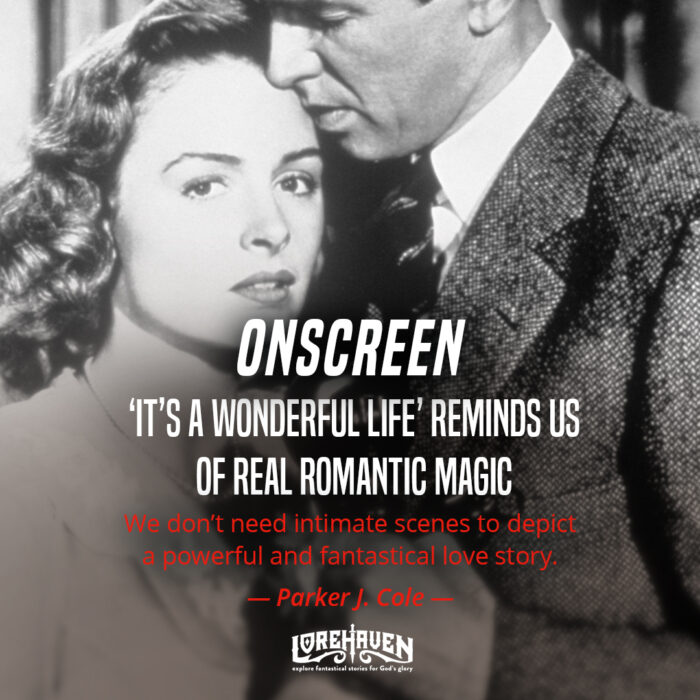






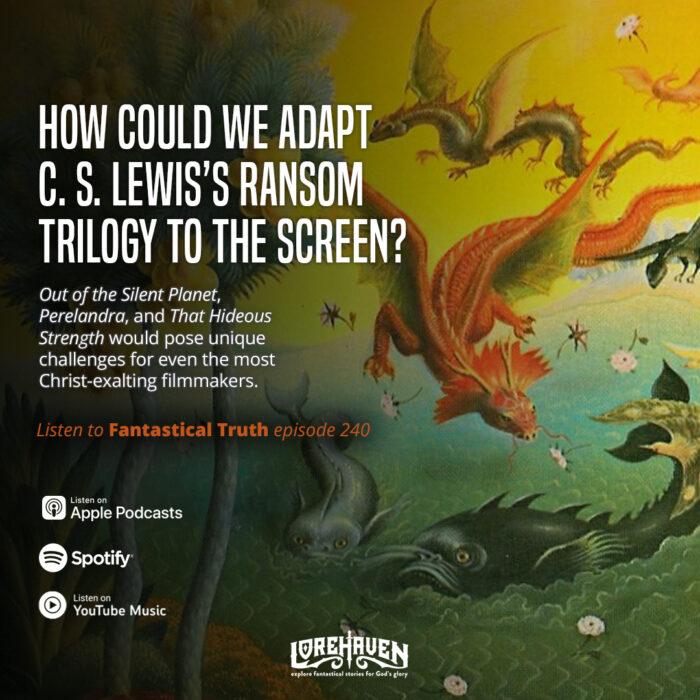











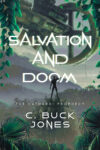
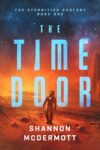



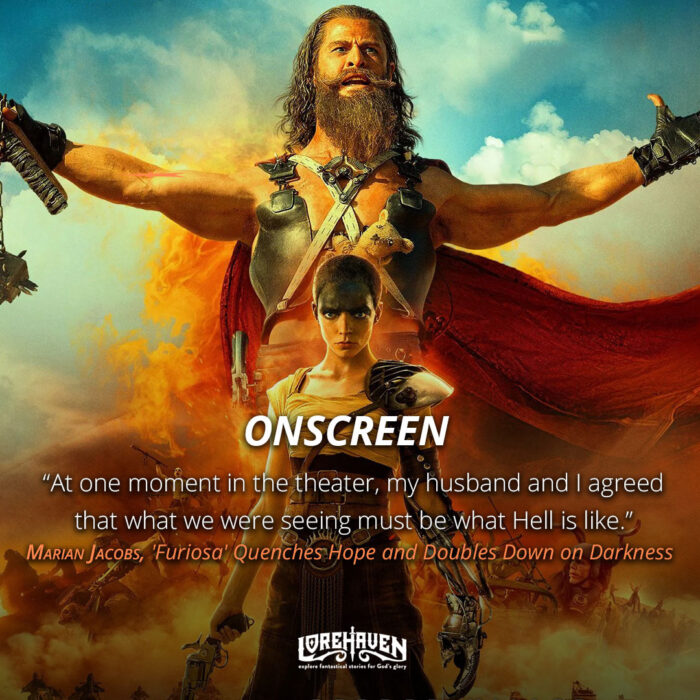


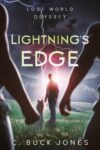


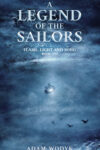







My favorite TV show was Batman, starring Adam West. We played Batman with the neighborhood kids, complete with the tiger (played by the neighbor’s cousin when he came to visit) that Batman faced in one episode with Cat Woman. Ha!! Somewhere, I have a picture of me and my sister at Christmas where I wore the Batman costume I received. I was probably 8-years-old. But my favorite part to play was Robin. My mom gave me an old yellow curtain which I pinned on for my cape and she also gave me one of her stretchy black hairbands with holes cut out for eyes. When I wore them, I truly felt like Robin! I allowed one of the boys to wear my Batman costume.
And I “wrote” all the episodes as none of the other kids had the imagination to do it. hahahaha! Great memories – good times.